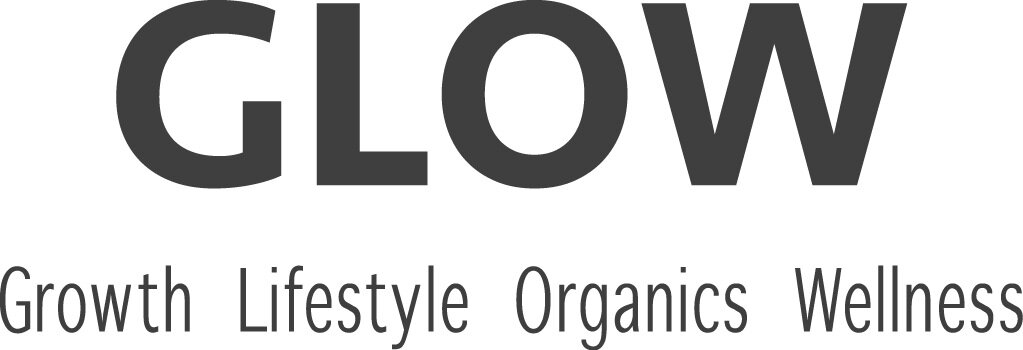There is so much bad bread out there that it’s no surprise that all bread is under the radar, being blamed for various health issues and weight gain. People feel confused and desperately look for alternatives, especially that everyone loves a good vessle for the likes of pate, olive oil or fruit preserve. Sadly, education in this area can be poor, food labelling is misleading, and many of the so-called ‘healthy breads’ are often not any better.
So what is the problem with most of today’s bread?
Processing
Bleached flour, instant leavening with synthetic yeast, added gluten and other improvers may result in an appealing texture, but the end product is not real, nutricious food. It is mass-produced with very little TLC. And bread needs time.
Modern wheat and pesticides
Wheat is the most common grain used in baking and unfortunately, it’s not what it used to be. Large portion of commercial wheat is a GMO, Roundup-ready crop. It means that it can be sprayed with this killer herbicide and resist its highly toxic effects, which makes wheat highly profitable. Roundup (glyphosate) is not neutralised by the soil and can be found in baked goods, non-organic pasta, breakfast cereal and commercial dairy. A large portion of people react to glyphosate and not gluten, as they think.
Anti-nutrients
Cereal grains cannot escape from predators so they produce chemical weapons called ‘anti-nutrients’ that protect them from being eaten, the most notable of which is phytic acid. It blocks mineral absorption in the gut and can trigger digestive distress. Under the microscope, grains seem to be a good source of vitamins and minerals but they are not well utilised by the body, unless the grain has been properly prepared through fermentation. Whole grain and whole meal options, even though they seem to be healthier, are the richest source of phytic acid and unless fermented, they should be avoided.
Gluten
When flour is mixed with water, two proteins called gliadin and glutenin that are present in wheat, rye and barley, combine and form gluten (from Latin ‘glue’). Gliadin aids dough extensibility, and glutenin is responsible for its elasticity. Both help the dough rise and hold its shape. And the more gluten, the more attractive baked goods are to consumers.
All proteins are chains of smaller building blocks called amino acids, and it is the specific amino acid sequence in gliadin that is responsible for gluten sensitivity. More on that later.
Fructans
These are a type of sugar present in wheat, barley and rye. They are highly fermentable and are the main reason for unpleasant digestive symptoms in sensitive people. Bloating, heartburn, pain, cramps, excess gas and changes in bowel movements caused by fructans are often incorrectly blamed on gluten because coincidentally, glutenous grains are also high in fructans.
Real bread
Thankfully, not all bread is the same and health permitting, traditional sourdough bread is your best choice. It is made by fermenting (´pre-digesting´) the dough for 24-48 hours, a length of time that can pose challenge for industrial baking. No wonder that sourdough bread available in supermarkets is not the real deal because it still contains additives that speed up the leavening process without ´pre-digesting´ the grain.
Fermentation neutralises the anti-nutrients to a large degree. It reduces the levels of fructans, breaks down starch and gluten proteins - those with gluten sensitivity may be able to eat sourdough bread. The longer it´s been fermented, the more ‘predigested’ it is, taking the weight off our own digestive and immune systems. Research now shows that wild yeast that naturally occurs in sourdough can even metabolise glyphosate during fermentation, at least to some degree.
Natural leavening lowers bread’s glycaemic index, making it a friendlier option for insulin resistant people and those who want to shed a few pounds. It also eliminates the phytic acid and makes grain nutrients more bioavailable. Saying that, some people won’t be ready for any bread until their their health significantly improves, for which nutritional therapy is the best solution. In other words, the fact that sourdough bread is a better option, still doesn’t make it a suitable food for many people.
Proper sourdough is made only with 4 ingredients:
flour (unbleached and free of glyphosate)
water
sourdough starter (mixture of flour and water which has been naturally colonised by lactobacilli and friendly yeasts)
salt
How to find honest bread
Always look for traditional or artisan bakeries. Don’t be shy and talk to the bakers, ask how they make their bread and where the flour comes from. If it free of glyphosate? Honest bakers will only be proud to tell you about their passion that often has interesting stories and heritage behind. True bread is made with true love for baking, and understanding of its science. It is art.

